
SKYWARN is a program that trains volunteers to help keep their local communities safe by providing timely and accurate reports of monsoon season weather to the National Weather Service Read More >
NWS Flagstaff, AZ
Weather Forecast Office
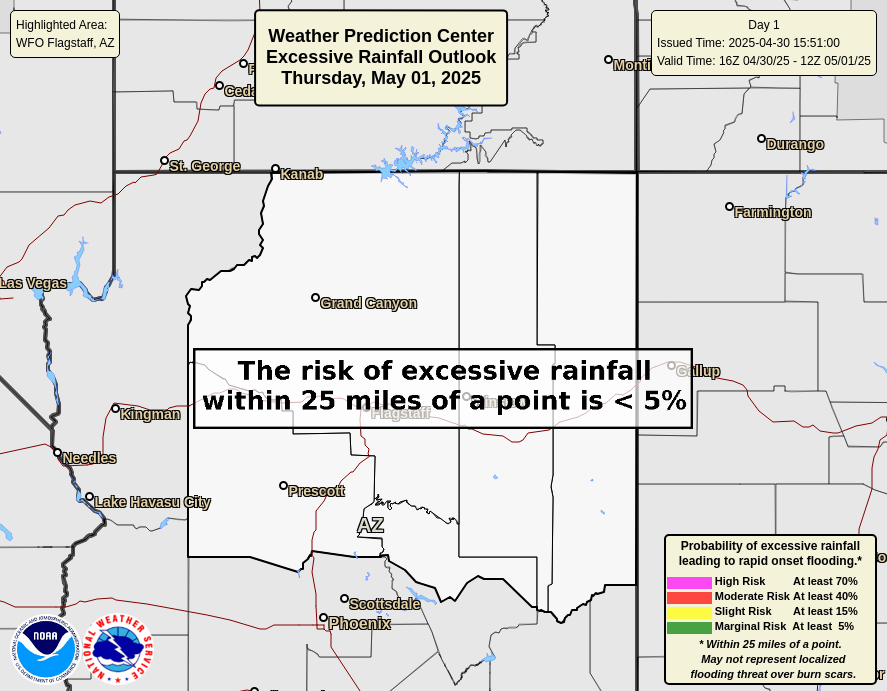
Day 1 |
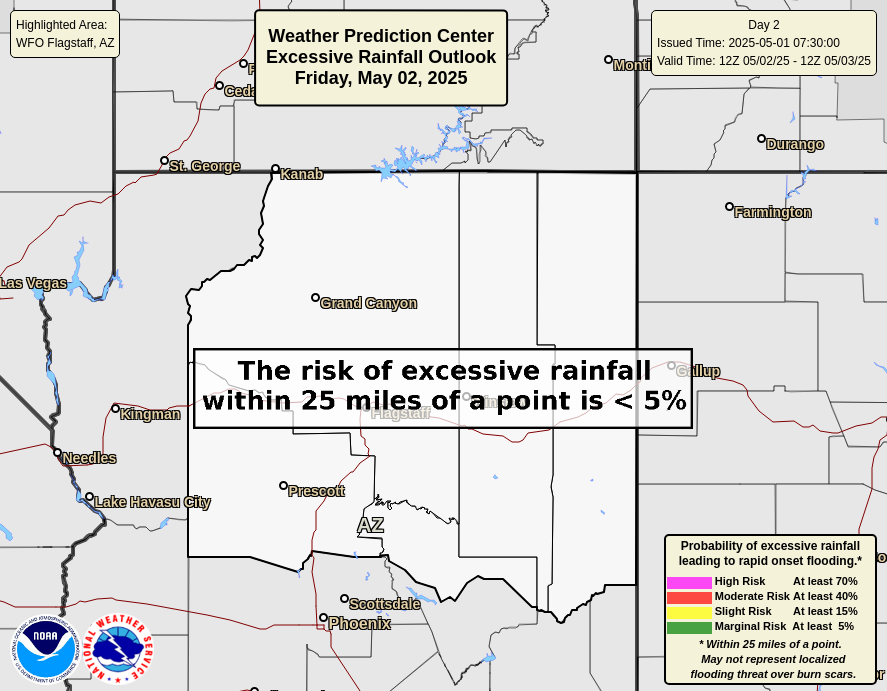
Day 2 |
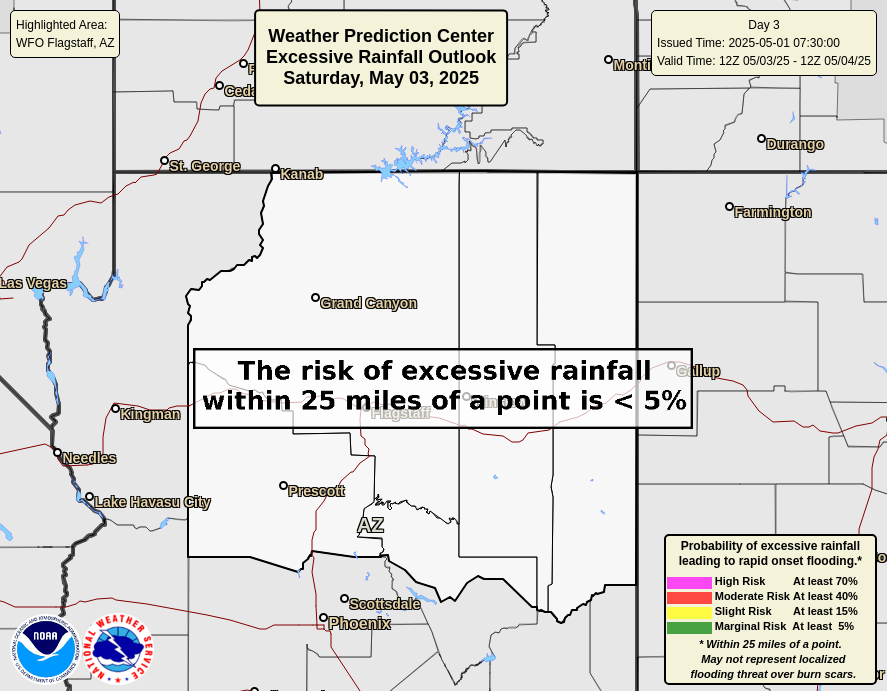
Day 3 |

Day 1 |

Day 2 |

Day 3 |
Northern Arizona
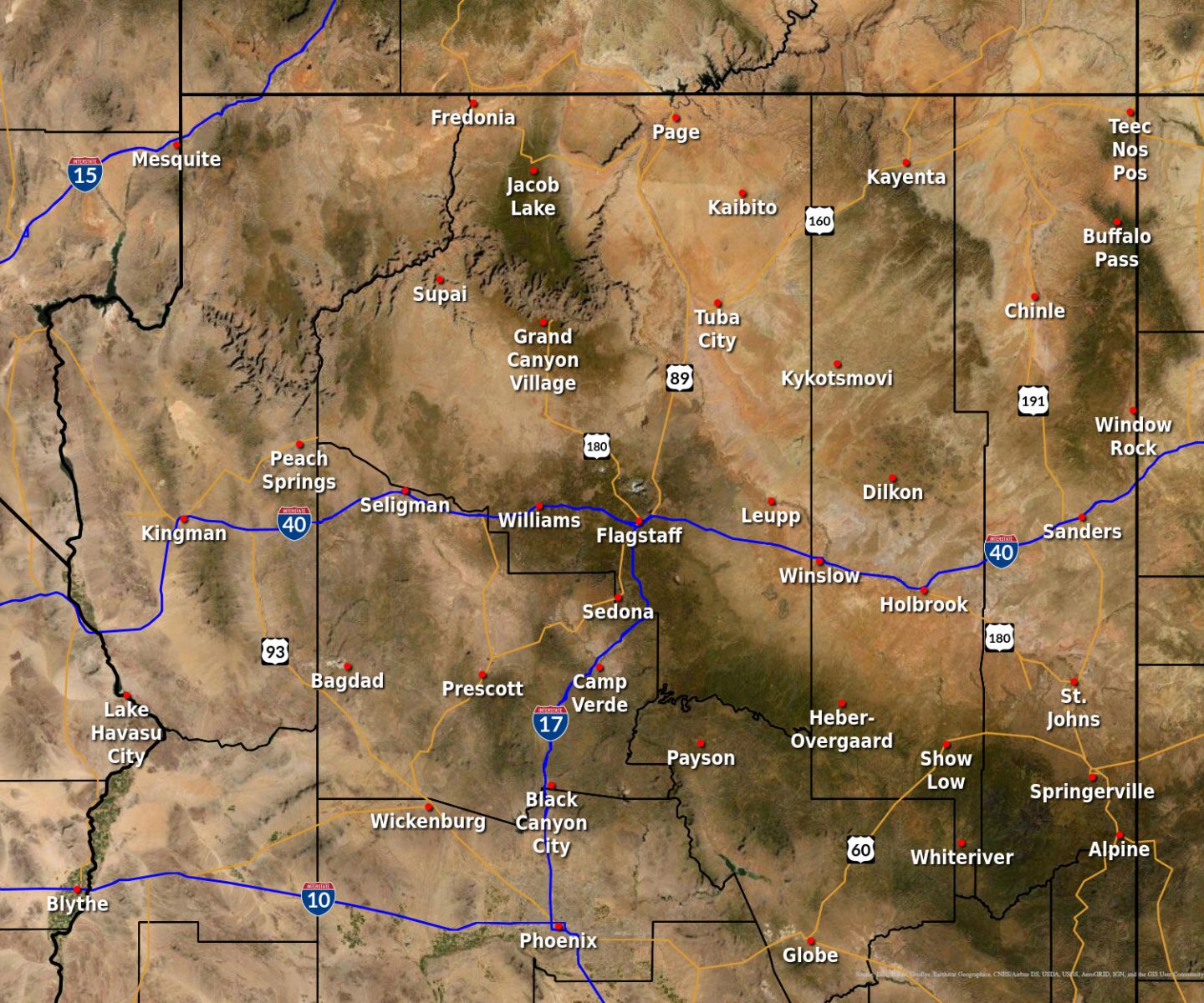
Navajo Nation
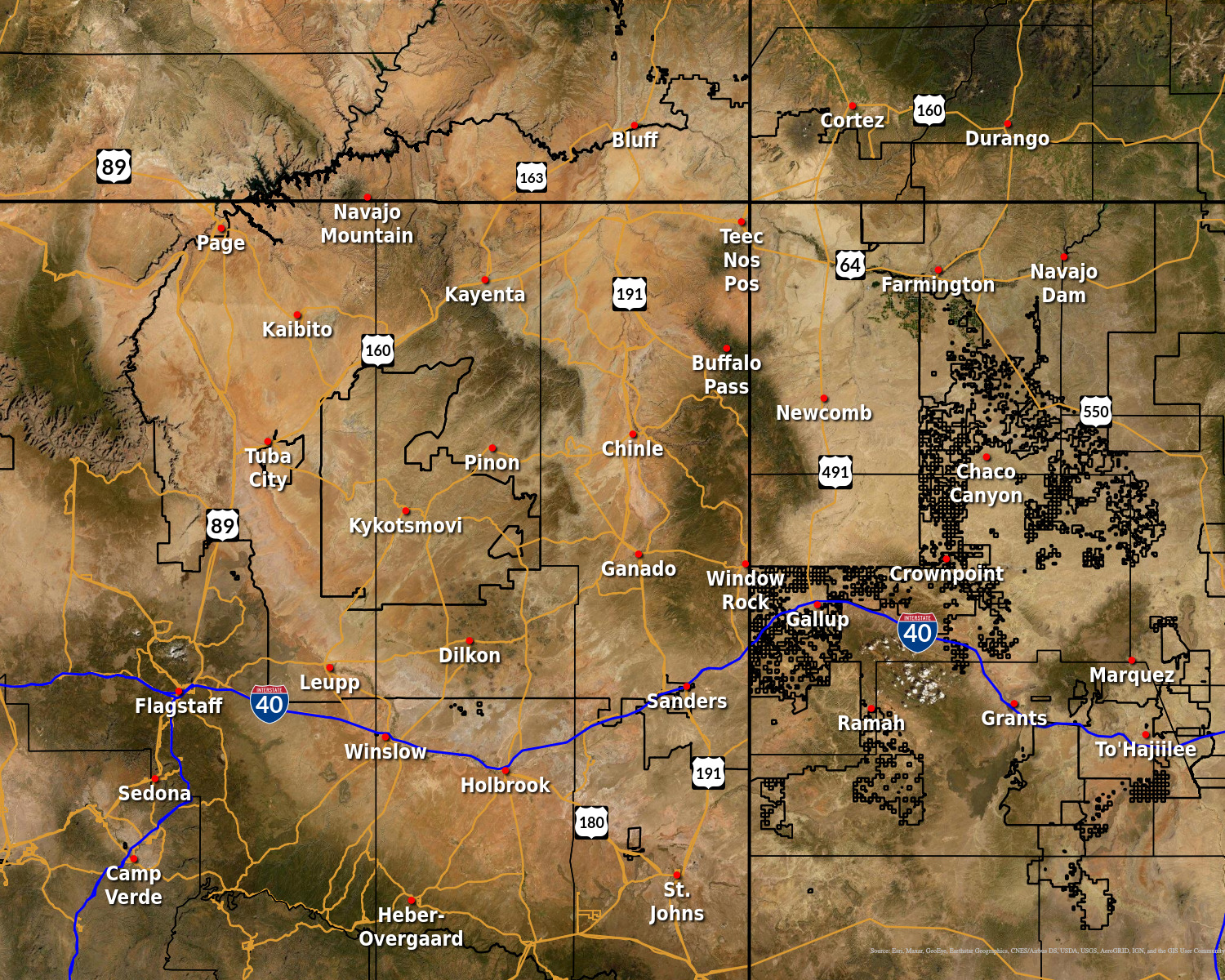
State of Arizona

|
Monsoon Information |
Radar |
Satellite |
Forecast Discussion |
Fire Scar Flood Risk |
Recreational Forecasts |
US Dept of Commerce
National Oceanic and Atmospheric Administration
National Weather Service
NWS Flagstaff, AZ
49 Hughes Ave
Bellemont, AZ 86015
(928) 556-9161
Comments? Questions? Please Contact Us.

